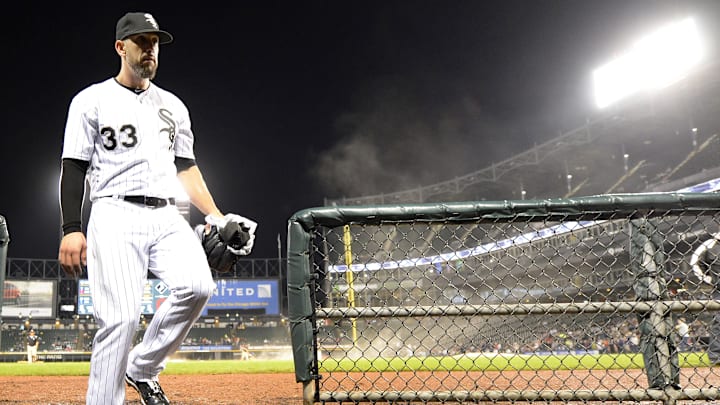No. 12: Nick Swisher and Kanekoa Texeira traded to the New York Yankees for Wilson Betemit, Jeff Marquez and Jhonny Núñez - November 2008
The only aspect of this trade that saves it from being higher on this list is the fact that the White Sox were able to get out from under Swisher's ugly contract extension. Another spoiler alert: This is not the last we'll see of him in this list.
The switch-hitting Ohio native had emerged as one of the premier power hitters in the league and, of course, he struggled offensively when he came to the White Sox. As a matter of fact, he only played one year for the club before this deal went down.
Then there's Texeira, an intriguing relief pitching prospect who had looked incredibly sharp coming up through the Sox's system. His inclusion in this deal was necessary to make the Yankees' financial blow with Swisher and his contract easier to swallow. Fortunately, he never amounted to anything in the big leagues.
The return that the Sox got back from the Yankees is one of the weakest packages in any deal that the White Sox has ever received. Prior to this deal, Betemit had been a decent but not great infielder for a multitude of teams.
He topped out at 18 home runs and 53 RBI in 2006 but had never come close to that production in any year since. With the White Sox, he made it into 20 games, posting a .200 average and 53 OPS+ before the club cut bait in June of 2009.
Marquez made it into just one game for the White Sox, surrendering two earned runs in one inning of work before he was also cut loose. Of course, the Yankees are the ones that claimed him off of waivers, so he ended up back where it all started anyways.
Then there's Núñez, who made seven appearances out of the White Sox bullpen. In 5.2 innings of work, he surrendered six earned runs on 10 hits, good for a 9.53 ERA. This marks the only big league action of his career.
